HOW WE STARTED USING AIR CONDITIONERS
Changes in weather and climate variability are not always a welcome change by people at large. Increasing heat due to global climate change, especially in the urban areas, due to high population density, is an issue both in terms of health and overall work and life productivity for millions of people. To counter this challenge, worldwide air conditioners have been used for a very long time now. Humans invented fire, thousands of years ago, but the technology of cooling the air is not that old. Of course, back in the prehistoric times, ice and snow was used for cooling.

Acc. to a 2018 report, “with increasing populations and urbanization, and rising temperatures exacerbated by expanding urban heat-islands, cooling is, in many parts of the world, no longer a luxury, but an urgent priority for health and well-being, productivity, and in extreme cases, survival. The use of energy for cooling buildings has more than tripled between 1990 and 2016, and is continuing to grow faster than for any other end use in buildings. Nearly 70% of this increase comes from the residential sector, where the potential for comfort cooling is the largest and continues to grow, particularly in developing economies.”
Researchers found that, the average rate of change of global average surface temperature since 1901 is 0.7deg C–0.9deg C per century. However, this rate of change has nearly doubled in the period since 1975 (1.5deg C–1.8deg C per century). Our planet is warming at an increasing rate. Global average surface temperatures are expected to rise between 2deg C and 5deg C at current warming rates by 2100, making summers longer and hotter.
The attempt to cool buildings and homes has been there since the time heat has been there. Ancient Persians, Egyptian, Chinese and other cultures were found to use various techniques using water, airy windows etc. to cool the rooms in the heat. The ancient peoples knew about various methods of architecture and construction that would allow for maximum ventilation and take advantage of natural weather cycles.
In 1758, Benjamin Franklin and John Hadley, a chemistry professor at Cambridge university, conducted an experiment to explore the principle of evaporation as a means to rapidly cool an object. In 1820, English scientist and inventor Michael Faraday discovered that compressing and liquefying ammonia could chill air when the liquefied ammonia was allowed to evaporate.
But, just like other inventions, scientists once struggled to find the solution to the rising heat in cities. Sometime around the 1840s, physician and inventor Dr. John Gorrie of Florida proposed the idea of cooling cities to relieve residents of “the evils of high temperatures”, as he believed high heat to be the reason for malaria and other diseases. But his idea for cooling was quite weird, as he wanted ice to be shipped from frozen lakes & streams in the Northern US, to the hospitals in Florida.
But he was an inventor too. So he started experimenting with the concept of artificial cooling. He designed a machine in 1842 that created ice using a compressor powered by a horse, water, wind-driven sails or steam and was granted a patent for it in 1851. He hoped to eventually use his ice-making machine to regulate the temperature of buildings. He even envisioned centralized air conditioning that could cool entire cities. Although Gorrie was unsuccessful at bringing this patented technology to the market for commercial use, primarily because of the death of his chief financial backer, his invention laid the foundation for modern air conditioning and refrigeration.
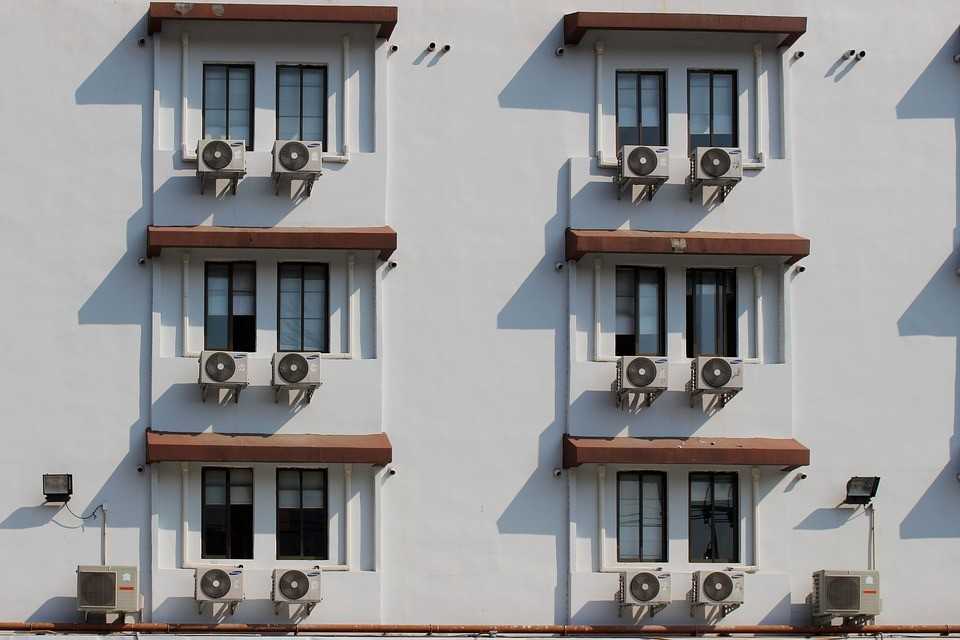
Thereafter, the work on artificial cooling or artificial air conditioning took a backseat, until engineer Willis Carrier came into picture. Carrier was working for the Buffalo Forge Company, when in 1902, he was tasked with solving the problem of humidity, that was causing magazine pages to wrinkle at Sackett-Wilhelms Lithographing and Publishing Company in Brooklyn, US.
Carrier carried out a series of experiments and was successful in creating a system, that controlled humidity using cooling coils and secured a patent for his “Apparatus for Treating Air,” which could either humidify (by heating water) or dehumidify (by cooling water) air. He eventually refined his technology and made an automatic control system for regulating the humidity and temperature of air in textile mills. Soon Carrier realized his entrepreneurial dreams and separated from the Buffalo Forge, forming Carrier Engineering Corporation with six other engineers.
The term ‘air conditioning’ was coined in 1906 by Stuart Warren Cramer. But it was in 1914, when for the very first time, that modern air conditioners started getting installed in homes. Minneapolis millionaire Charles Gilbert Gates was the first person to have an air conditioner installed in his home. He hired Carrier to install an air conditioner in his house.
Eventually, Carrier went on to build a more efficient air conditioning system, called as the he centrifugal refrigeration machine, or “chiller.” This machine made its debut in 1925 at the grand opening of the Rivoli Theatre in Times Square. It became extremely successful and during the next 5 years, Carrier installed his cooling units in 300 movie theatres across America. It was later in 1931, when the first individual room air conditioning—or window units—were invented. In 1939, air conditioning became available in cars.
AIR CONDITIONERS & THEIR EFFECTS ON HEALTH
Acc. to a study, ACs are the indoor devices used to cool air by reducing the humidity following condensation of the water vapor. AC devices consisted of centralized equipment that provide an atmosphere with controlled temperature, humidity, and purity at all times regardless of the weather conditions. People spend 80% of their time indoors such as homes and offices equipped with AC for various reasons, including good operational output of equipment and comfort.
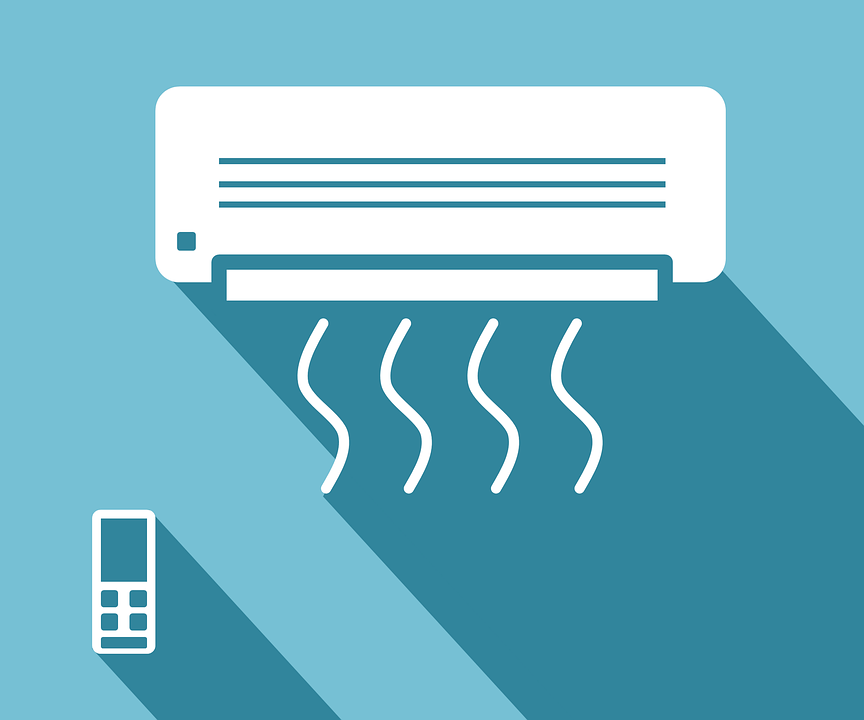
Room air-conditioning penetration is fairly low in developing countries, even where the climate is hot and humid. For instance, only app. 7% of households in India possess an AC, despite having extremely high cooling needs. But AC ownership in households and its use is rising rapidly in India and other hot and humid countries as incomes rise, access to electricity improves, and prosperity becomes more widespread. Simultaneously, the market is experiencing falling AC prices due to the increasing scale of production. In short, air conditioning is becoming accessible for more and more people. A warming planet would lead to increased demand for cooling, particularly for room air conditioners, which in turn would cause further global warming, creating a circular loop. Already a staggering 2.2 billion people, 30% of the world’s population, are at risk of potentially deadly heat exposure for more than 20 days per year; and by 2100, up to three-quarters could experience this risk.
The world population is expected to reach 9.9 billion by 2050, up 2.3 billion or 29% from an estimated 7.6 billion people now. The population is growing by nearly 75 million people each year, with approximately 90% of this growth occurring in developing countries with warm climates. The global urban population is projected to grow by 2.5 billion between 2014 and 2050, with nearly 90% of the increase concentrated in Asia and Africa. If the global demand for cooling continues to increase on a business-as-usual trajectory, the number of room air conditioners in service is estimated to increase from 1.2 billion units today to 4.5 billion units by 2050—a nearly 3.7-times increase.
Researchers evaluated the association between AC use and selected physical ailments. The study showed that AC devices were mostly used in sitting room > bedroom > offices > vehicles. The frequency of cold, fever, headache, and chest pain significantly associate with the use of AC in both sitting room and bedroom. The prevalence of the associated ailments increased with increase in the AC contact duration (>6 h) among AC users evaluated in the study. Most of the participants (>70%) agreed that AC use brings thermal comfort and therefore is good to health. However, prolonged exposure in indoor AC environments increased the risk of physiological discomfort for the AC users in this study.
Researchers found that, AC use between 12 and 17h in the sitting room was associated with 91.8 and 77.6% of cold and headache complaints among AC users, while the prevalence of cold, headache, feverish conditions, and chest pain was observed to increase with increasing time spent in bedroom AC. People who tend to stay for a long period of time in an air-conditioned environment tend to have weakened thermal adaptation and have weaker ability to endure hot environment. One major factor that can predispose AC users to diverse health discomfort as observed in this study is the non-maintenance or servicing of AC devices at regular intervals. These devices over time harbour dust and pathogenic microorganisms that are redistributed and circulated indoor any time the ACs are used. The presence of these organisms poses health risk through nasal entries.
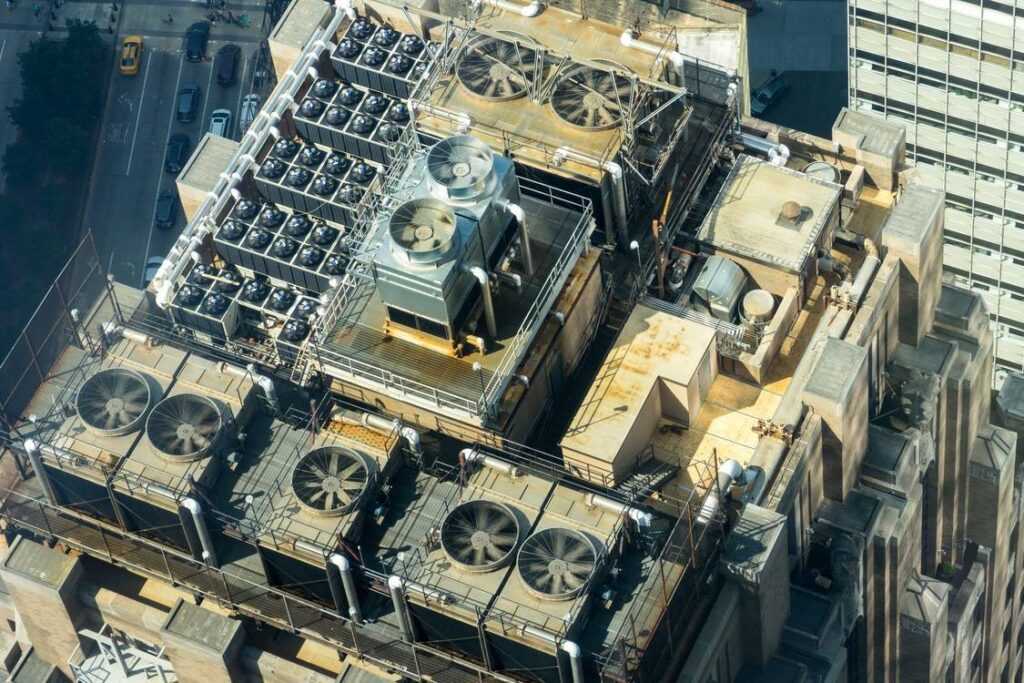
In a 2016 study in the International Journal of Public Health Research, an Indian research team, led by C. Jain, from MGM Medical College, Indore, evaluated the association between air conditioner users and respiratory illness, and the prevalence of respiratory illness in Air-conditioner users in comparison to non-user. For the study, 50 employees of one of the branch of IDBI bank in Indore, were evaluated, against employees of Narmada Valley Development Authority (NVDA) office not exposed to AC.
Researchers suggested that, Various processes of air conditioner systems like filtration, humidification, cooling, disinfection etc. it allows us very clean and safer air to breathe. Air conditioned environment would be safe for the patients in operation theatres of hospitals also. However there is various health problems which might be arise because of air conditioners. If AC is not properly maintained then it can lead to spread of microorganisms. Contaminants from AC systems in commercial buildings may cause an immunologically mediated response in a substantial proportion of occupants.
In this study when staff using AC v/s those not using AC were compared it was found that the Prevalence of running/blocked nose, cough/cold & headache was more in AC users & it was Statistically Significant. The habit of consulting to doctors for symptoms like Cough /cold, running/blocked nose & headache was more in AC users employees.
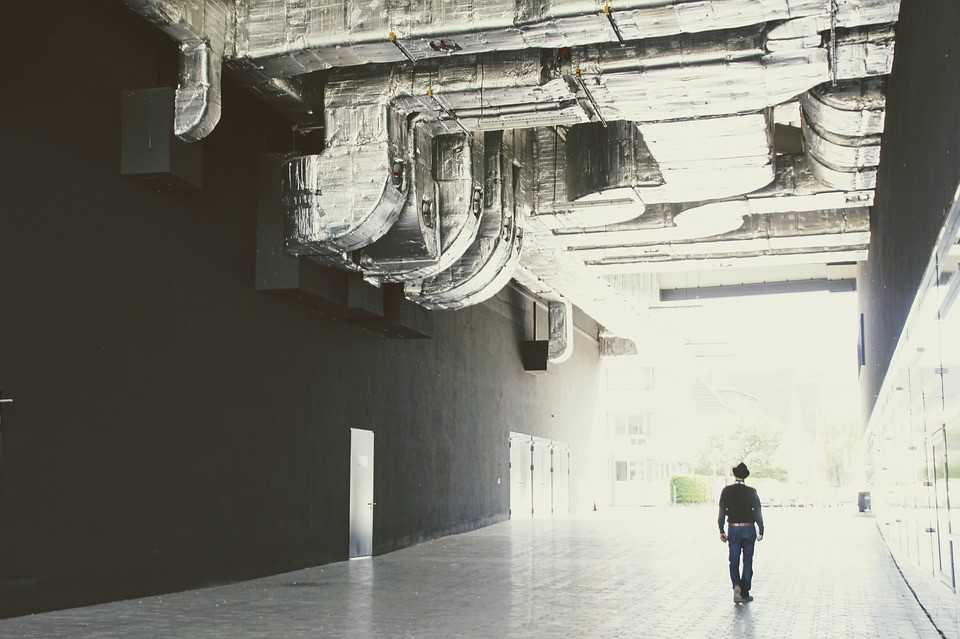
Acc. to a study, occupants of office buildings with air conditioning (AC) systems (e.g. central ventilation with cooling of air) consistently report, on average, more symptoms in their buildings than do occupants of buildings with natural ventilation. The symptoms includes mucous membrane irritation, breathing difficulties, irritated skin, and constitutional/neurological symptoms such as headache and fatigue.
Available evidence, suggests that this pattern is not due to an association of AC systems to either less outdoor air ventilation, poorer thermal control, or lack of openable windows. An explanation is that ventilation systems in buildings, especially those with AC systems or humidification systems, disseminate contaminants into the indoor air.
Substantial evidence exists that the presence of visible moisture and mould in many kinds of buildings (associated with condensation, leaks, floods, or other moisture incursions into the interior or envelopes of buildings) is consistently associated with increased risk of respiratory symptoms and asthma. Studies have shown that, micro-organisms growing on moist surfaces in typical commercial AC systems may cause substantial increases in building-related symptoms.
A study, explored the challenges linked to increased AC use globally:
- The adoption of AC increases the use of electricity or energy. As the use of AC is resource and energy intensive, it has consequently a potential negative impact on both climate change and the environment in general.
- AC also contributes to the UHI(Urban Heat Island) effect and directly affects outdoor thermal comfort on streets through heat ejection. Elevated urban temperatures, including UHIs, can increase the magnitude and duration of heat waves and cause additional night-time electricity consumption from AC. Climate change will create higher outdoor heat exposure levels and if developments follow the current trajectory both in relation to expected temperature rises and the speed of AC adoption, there will be an increased use of AC in urban areas especially in the tropics and subtropics.
- When people grow increasingly dependent on AC for cooling their homes, they are not only contributing to increased urban temperatures due to outlet of hot air, but they are also increasing their vulnerability. Building houses and communities that are dependent on AC for coping with heat places them at the mercy of electric power cuts, which may become more common when the use of AC intensifies the stress on the electric distribution system. An increased need for electricity also creates a dependency on global oil and coal prices or on political decisions regarding water resource management, since fossil fuels and hydropower stations are the main energy sources in many countries. Becoming more dependent on electricity for cooling homes thus locks people into a web of dependencies that ultimately increase their vulnerability to heat.
- For a high-income family, the investment in one or two AC systems or a central cooling system and the payment of the electricity bill are lesser problems. For a poorer family, buying an AC and paying for the electricity may be impossible.
- Humans are able to acclimatise to heat. However, physiologically, it is possible for people to lose their heat acclimatisation when spending a majority of their time in AC environments. Generally, acclimatisation effects are considered to be lost if the heat load has not been experienced for over 2 weeks. Researchers argue that with increased AC use, people are becoming both physically and mentally dependent and accustomed to cooling, making them more vulnerable to increased urban heat.
(A study, explains the “Urban Heat Island Effect”:
“After centuries of intense urbanization, more than 50% of the world’s population live in cities. Irrespective of global climate change, urbanization alters the local intra-urban climate, particularly by reducing rainfall and increasing night time temperatures. Built-up areas influence the absorption and reflection of solar radiation, the ability to store heat, the absorption and emittance of long wave radiation, winds and evapo-transpiration (the discharge of liquid water from the earth’s surface to become water vapor in the atmosphere). The built environment is also characterised by human activities affecting the climate, such as the heating and cooling of buildings, motor traffic and industrial production. These activities release heat and moisture and emit air pollution, which affects incoming and outgoing heat radiation. The limited number of trees and vegetation in many urban areas decreases the capacity to cool the air through evapo-transpiration.
The – urban heat island effect‖ is a result of the heat absorption in cities and refers to the difference in temperatures measured inside and outside the city. The elevated temperatures can increase the magnitude and duration of heat waves and cause additional night time electricity consumption from AC.”)
A study, evaluated the spirometry parameters of air conditioned car drivers. The study was carried out on 25 male air conditioned car drivers in the age-group of 20-40 years who were employed as AC car tourist taxi drivers since last 3 years and having exposure to ACs in cars for greater than 2 hours/day. Present study indicates that the AC car drivers had significantly lower lung volumes and capacities when compared with controls. The decreased values of lung functions may indicate underlying lung dysfunction due to exposure to AC environment.
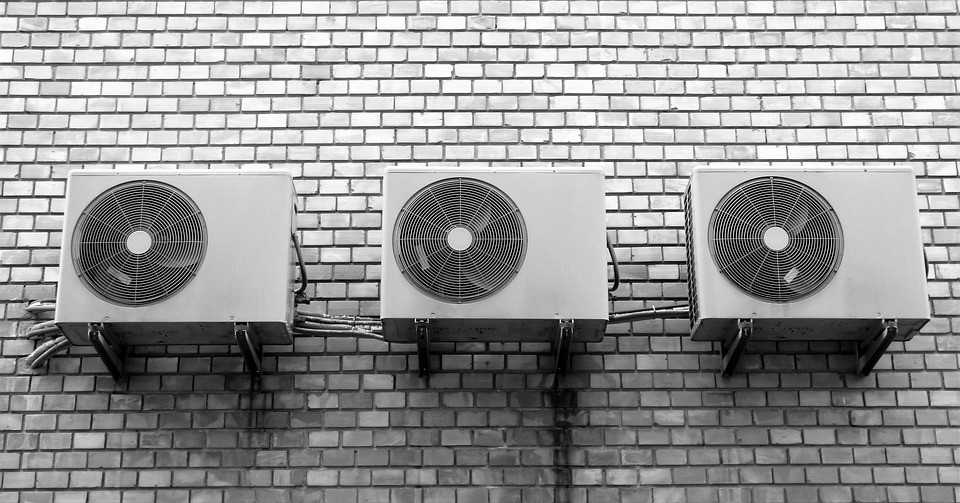
Similar results were observed in another study; which measured the pulmonary function tests in healthy air conditioner users at its comparison with that of non-air conditioner users, considering whether air conditioner usage affected pulmonary functions. The study group comprised of 50 healthy males between the ages of 25-50 years, who were working in air conditioned rooms.
Researchers found that, the respiratory tract of the subjects who are exposed to air conditioners is hyper-responsive and the patency of the airways is decreased. Thus, there is a significant decrease in the pulmonary functions in air conditioner users.
Similarly, a study; tested 96 healthy males & females between the ages of 20-50 years, working in air-conditioned & non AC environment in tertiary Medical centre. The Subjects were divided into two groups depending on AC usage at work. Group I constituted 51 healthy Subjects exposed to AC at workplace for 6-8 hours/day for the past 6 months (AC maintained at 18-22deg C). Group II had 45 Subjects not using AC anywhere. Researchers found that, AC users were more prone to respiratory disorders than those not using AC.
The above studies are quite incomplete studies and haven’t considered a lot of factors, because people with Asthma & Bronchitis are told by doctors to stay indoors in an air conditioned environment, especially in polluted urban areas.
CONCLUSION
So, if we observe carefully and take an unbiased view, then Air Conditioners have more benefits in today’s society. People may call it necessary evil, but in that sense, almost every modern invention can be termed so. We are not living in jungles, that we shun everything which modernity has to offer. We need to understand the judicious use of things. Same is with ACs.
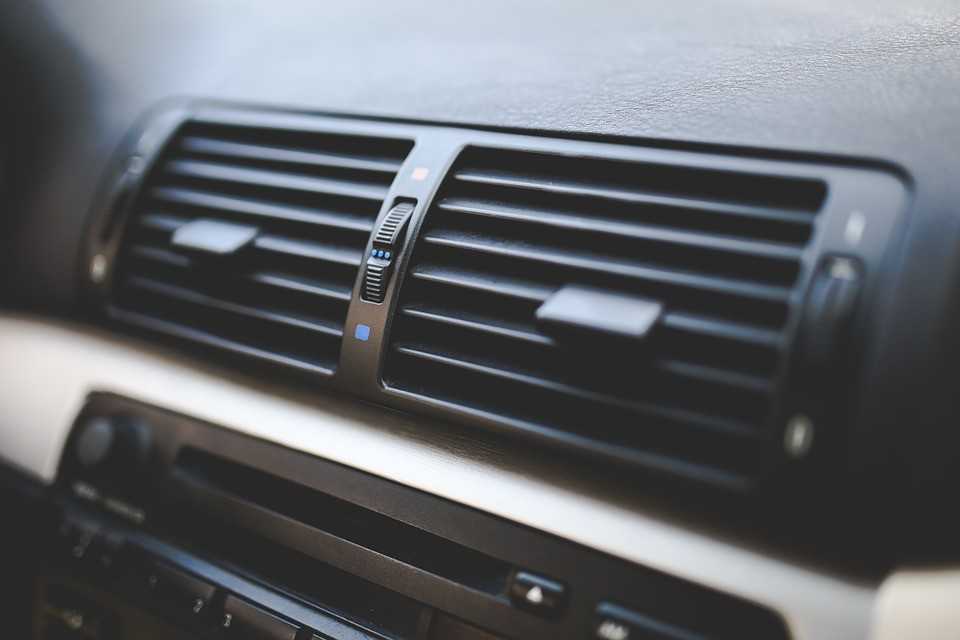
- ACs actually prevents allergies and lot of people sensitive to pollen attack or dust allergies are told to stay in an air conditioned environment in urban areas. Studies on ACs have clearly shown that the problem is not with ACs but their poor maintenance which may increase the concentration of dust and pollen. So, make sure your ACs filters are cleaned timely.
- Similarly, studies have shown that being is ACs is not an issue and in fact increases productivity and protects from heat stroke. A lot of people with various diseases like heart disease or certain auto-immune disorders may be at a high risk when exposed to heat. So, in such cases, ACs would be a boon for them. The problem may be excessive use of AC environment and total cut off from fresh air and natural sunlight. So, the key is balance.
- Good quality modern ACs actually have very good quality filters, which help improve the indoor air quality. For e.g. in a place like Delhi, where in some months in an year, the pollution levels are way beyond the danger mark, staying indoor in an air conditioned environment is the best thing one can do to their health. For people with respiratory disorders like bronchitis and asthma, ACs act as live savers.
- Some people may face dryness of skin because of the air conditioned environment. In such cases, simply have more water, keep your skin moisturized and keep the temperature of the AC to a normal room temperature, than a chilly one.
- ACs control humidity. High humidity creates a damp environment which is an ideal breeding ground for mites, moulds, fungus etc.
- Productivity increases many folds in an air conditioned environment. Imagine working in an office in Delhi in peak summers with temperatures over 45deg C, and not having an AC. You would be fighting dehydration, continuous sweating and heat, more than focussing on work.
- There are other myths which have been attached to air conditioning use like it decreases bone density and testosterone levels. But there is no evidence or research to support or justify these statements.
During the current Covid pandemic, the ICMR (Indian Council of Medical Research) issued certain common guidelines for Air conditioning use:
- Temperature – The temperature setting of all air conditioning devices should be in the range of 24-30deg C.
- Relative Humidity- should be in the range of 40 – 70%.
- Intake of Fresh Air – should be as much as possible.
- Cross Ventilation – should be adequate.
- Cassette type units should run with temperature range of 24-30deg C with maximum fresh air and supplemented by adequate exhaust.
- ln Offices and meeting rooms, it is to be ensured that Room ACs (Window/ Split)/ Fans aided by maximum Fresh air intake by opening of doors or windows and supported by air replacement through exhaust fan facilities in the nearby areas.



